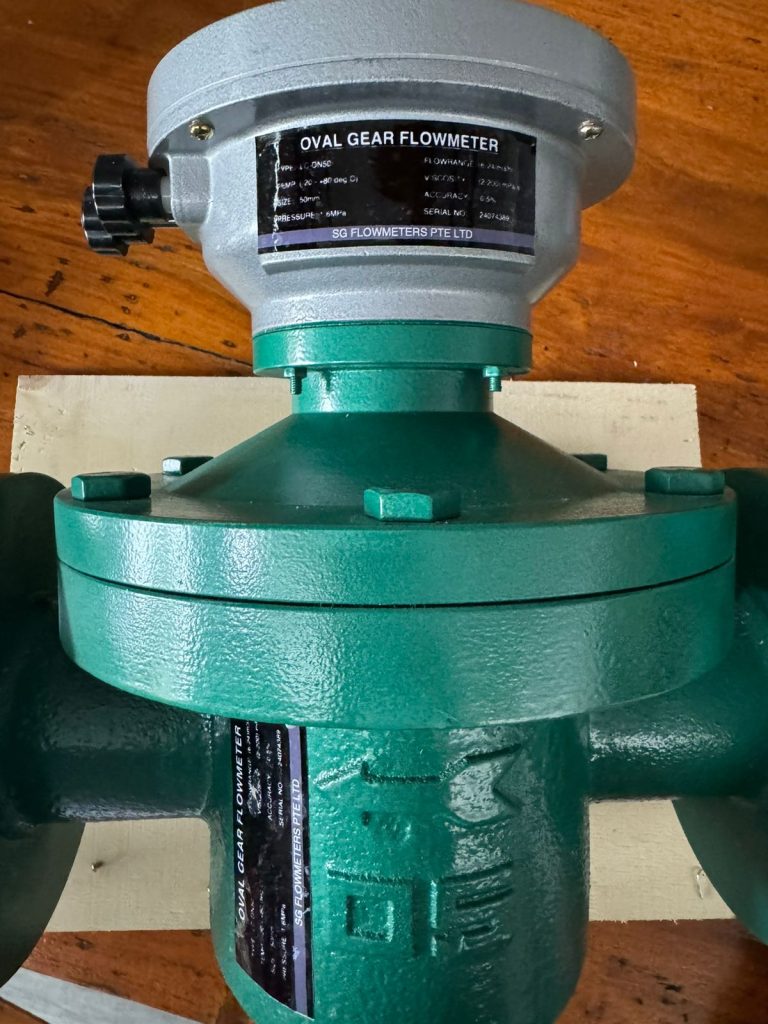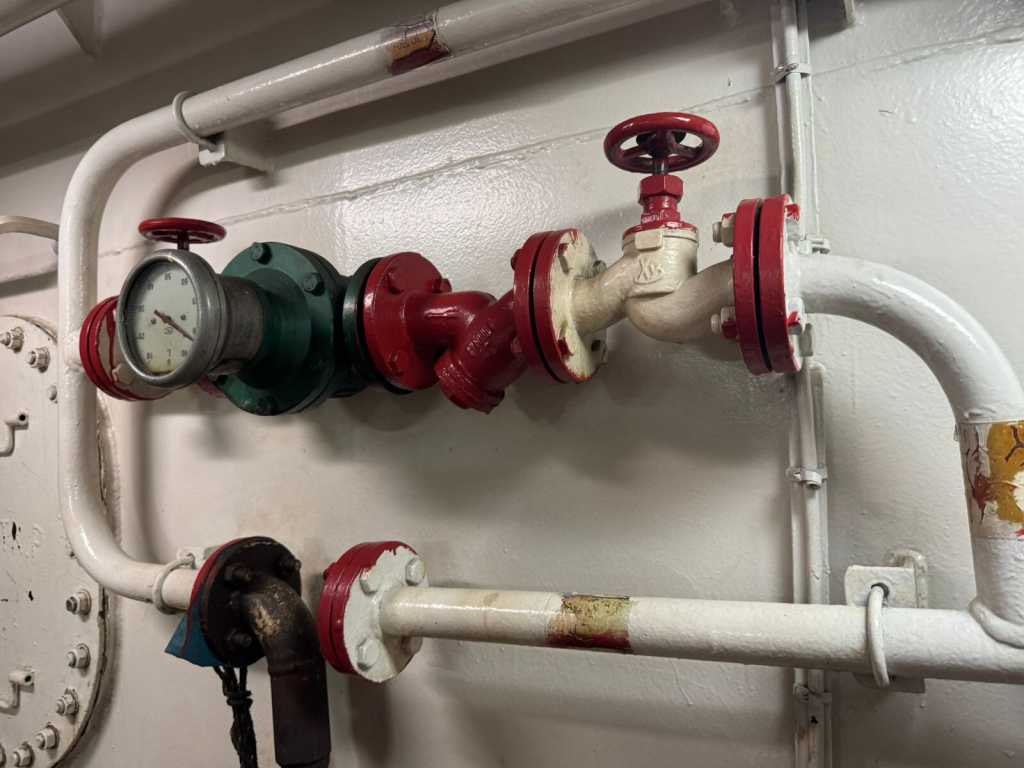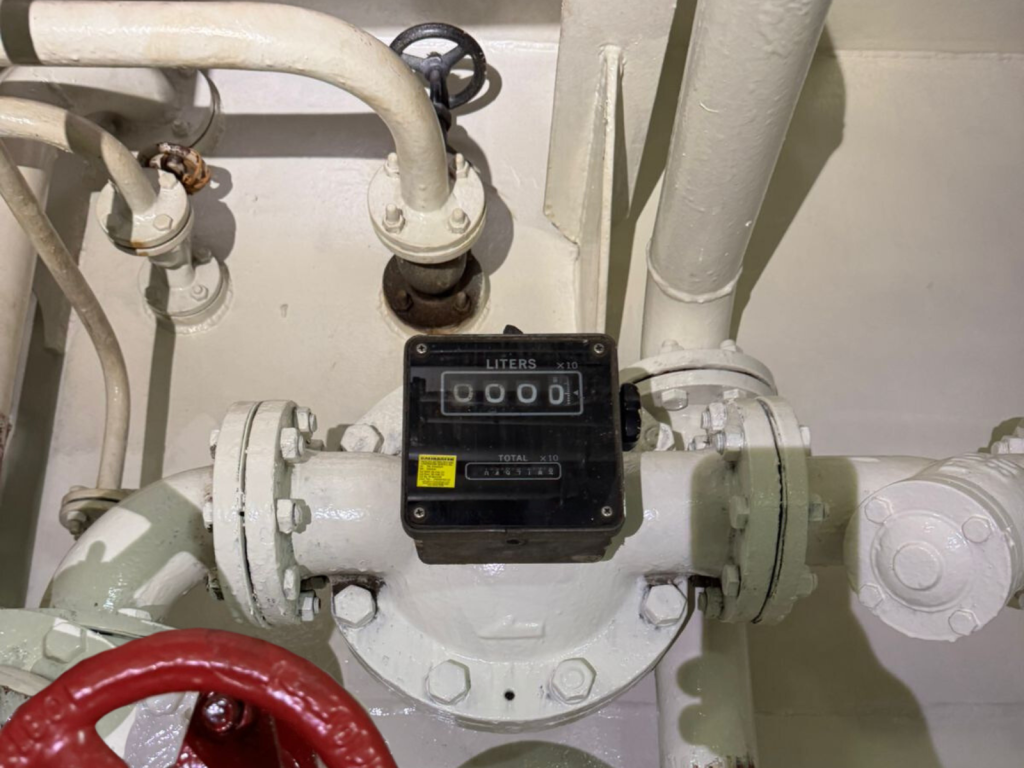Digital Type Diesel Meters or Traditional Counter Type

What is a Diesel Flowmeter?
A Diesel Flow meter is a positive displacement meter used to measure the pipe conduit’s liquid or instantaneous flow. It is a type of accumulation meter. With high accuracy and a minor change in viscosity due to the consistency of the fluid, it is commonly used to measure oil-like liquids, but corrosive substances are prohibited.

Deliveries from stock within Philippines.

Stockist and distributor of quality oil meters.
An easy way to check fuel consumption. A non-commercial method of measuring fuel consumption in agriculture, logistics, mining, and construction. Controlling and monitoring fuel consumption using traditional type meters is popular because of the ease of use. The units simplify the total consumption with a flow counter. Fuel level consumption can be calculated using a level device, but adding a meter is a way to double-check.


The supply of mechanical flow meters for diesel which are easy to calibrate at the work site. The diesel counters are useful at pumps or service stations for diesel for those who want to keep the amount of dispensed fluid monitored without special storage needs.
These are the most economical mechanical flow meters that can also measure gravity flow. It is also available a pulser version of the meter which includes:
- Mod. Pulser: card type “Open collector”,
- frequency 10 pulses/litre,
- 6-24 V DC power supply, max. 10 mA.
- Engine and fuel system consumption
- Fuel Truck’s independent monitoring
As fuel tankers are often used to refuel agricultural and construction equipment, it is necessary to monitor the volume of fuel dispensed from the tank


Our meters can be easily retrofitted to existing fuel pump and fuel metering lines using either DIN or ANSI connections for installation.
Application
- Tractor units
- Engine operating time.
- Tank monitored parameters
- Volume of fuel dispensed from the tank
- Generator sets


More about Diesel Flow Gauges and Counters
Diesel Flow Counting Systems
Many different techniques are used to sense the oscillation or rotation of the displacement mechanism and its elements. The purpose of the counting system is to transmit a measurement of the fluid flow in terms of total volume, or flow rate expressed in volume per unit time. Examples of totalized volume include gallons (gal), litters (lit), barrels (bbls), and cubic centimeters (cc). Examples of flow rate include gallons per minute (gpm), litters per minute (Ipm), barrels per day (bbls/ day), and cubic centimeters per second (cc/sec).










